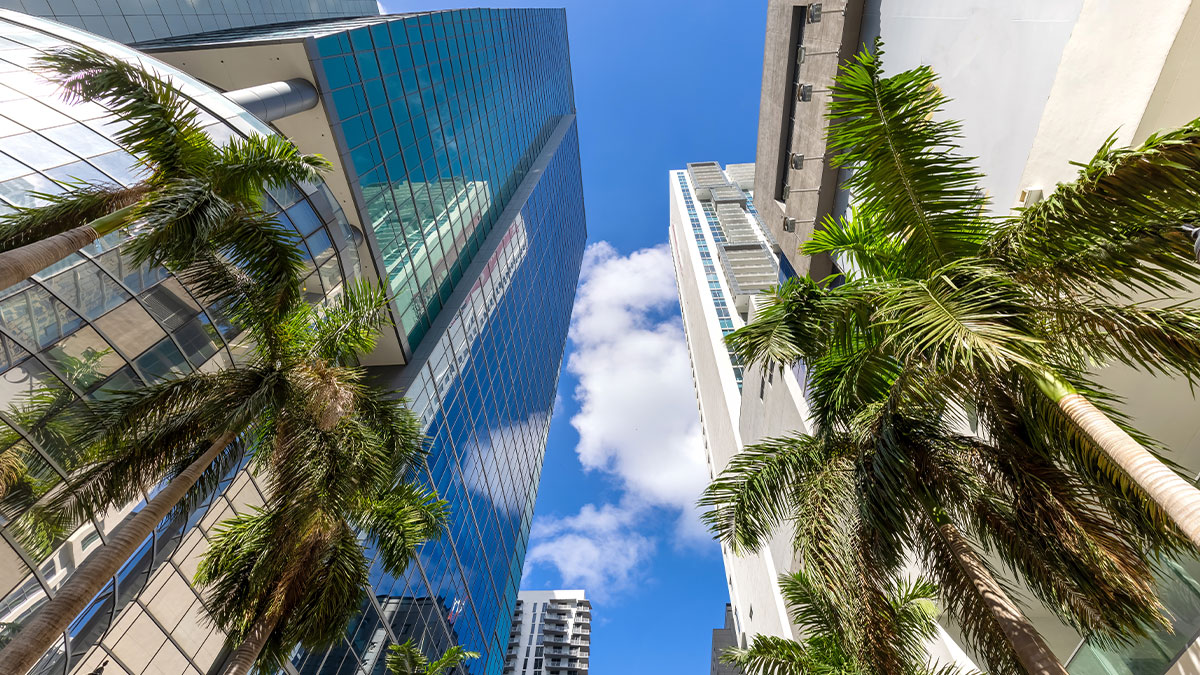Several factors have fueled Miami’s financial boom. Florida’s absence of a state income tax, a favorable business climate, and more affordable real estate compared to New York are big draws. Add in year-round sunshine and direct flight access to Latin America, and Miami is uniquely positioned as a gateway for both U.S. and global markets.
The Big Players Leading the Charge
Some of the country’s largest hedge funds and investment firms have already set up shop in Miami. Citadel, led by billionaire Ken Griffin, made headlines by relocating its headquarters from Chicago to the city. Other firms, including Blackstone and Goldman Sachs, have expanded their presence in South Florida, signaling confidence in Miami’s long-term potential as a financial capital.
This influx of financial firms has brought high-paying jobs, boosted demand for luxury real estate, and spurred the growth of new office towers downtown and in Brickell. According to local business groups, thousands of finance professionals have moved into the city over the past three years, transforming neighborhoods and driving up demand for both housing and infrastructure.
But it doesn’t mean expansion doesn’t come with its challenges. Miami’s rapid financial growth also comes with challenges. Rising housing costs, limited office space, and infrastructure strains are testing the city’s capacity to keep pace with demand. Critics warn that without long-term planning, Miami risks pricing out locals and creating an economy too reliant on finance and real estate.
Miami’s Future as a Financial Capital
Despite the challenges, Miami’s trajectory as a financial hub appears locked in. As more firms diversify their operations beyond New York, the city is positioning itself as a serious rival to America’s traditional financial centers. For Florida, the evolution of Miami into ‘Wall Street South’ signals a future where finance may play as big a role as tourism in defining the state’s economy.







